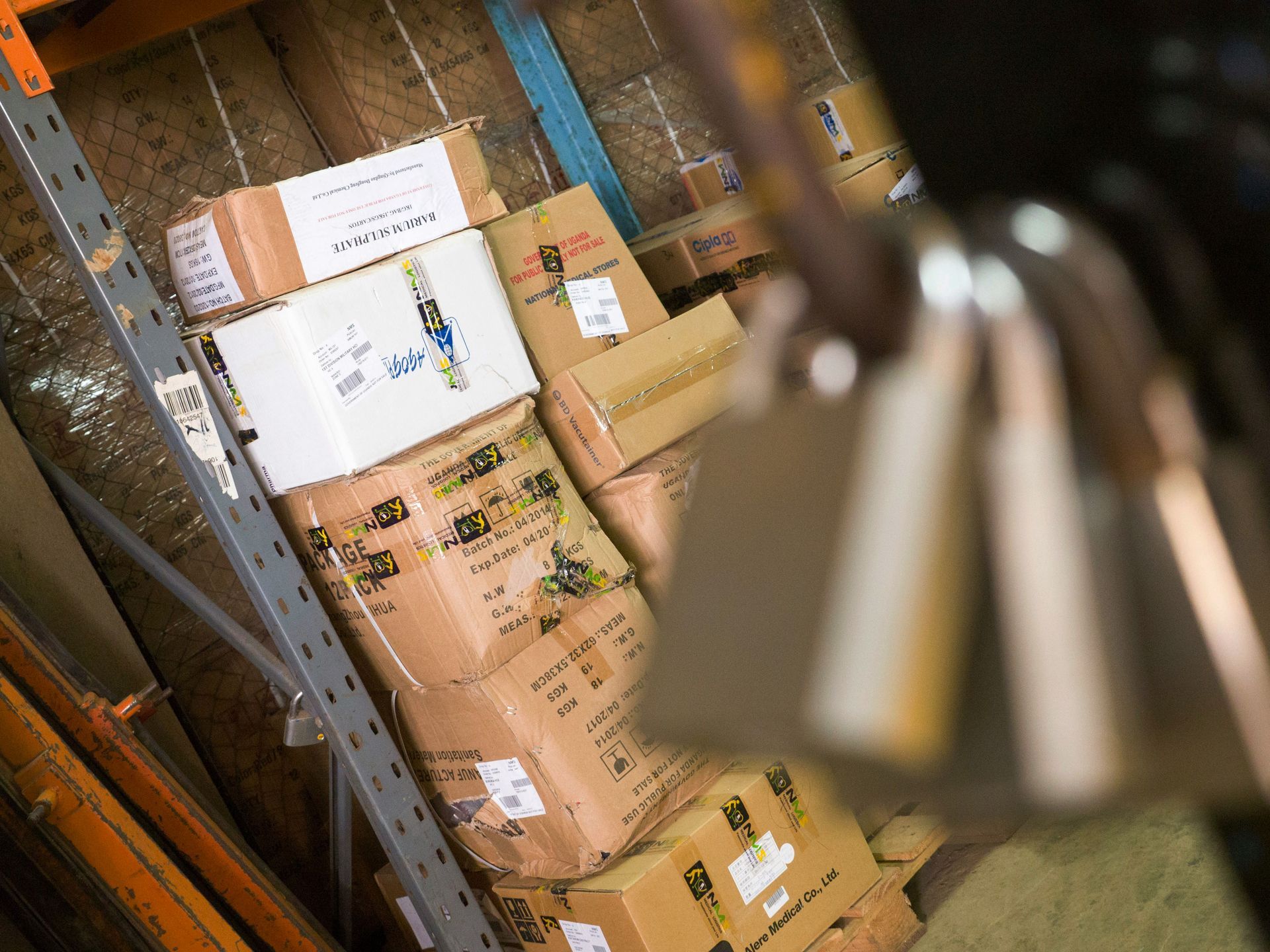How Packaging Impacts Logistics and Distribution: Strategies to Optimize Your Supply Chain
Baraka • October 7, 2024
How Packaging Impacts Logistics and Distribution: Strategies to Optimize Your Supply Chain
Introduction
Packaging is much more than just a box containing a product; it is a key component in logistics and distribution. From protecting the product to optimizing space in warehouses and transportation vehicles, packaging affects every stage of the supply chain. In this article, we will explore how packaging directly influences logistics costs and what strategies you can apply to optimize your supply chain.
What is Packaging and Why is it Crucial?
Packaging is the process of designing and producing wrappers, boxes, or containers to contain, protect, and transport products. It not only ensures that products arrive in good condition to the final consumer but also plays an important role in marketing strategy and the customer experience.
Main Functions of Packaging
- Protection: Ensures that the product arrives intact, preventing damage.
- Transportation: Facilitates efficient handling and storage.
- Marketing: Attracts the consumer with striking and functional designs.
Relationship Between Packaging and Logistics
Packaging has a direct impact on logistics costs. An efficient design can save space in warehouses, reduce transportation costs, and improve product handling. On the other hand, inefficient design can cause significant losses in both time and money.
Efficient Use of Space
A good packaging design maximizes space usage both in warehouses and trucks. Reducing voids inside packages helps optimize logistics, reducing transportation trips, and thus lowering costs.

Types of Packaging Used in Logistics
There are several types of packaging used at different levels of the supply chain:
- Primary packaging: The container that is in direct contact with the product (e.g., bottles, cans).
- Secondary packaging: Groups individual products for easier handling (e.g., boxes).
- Tertiary packaging: Used for mass distribution (e.g., pallets).
The most common materials include cardboard, plastic, glass, and aluminum, each with different costs and advantages depending on the product type.
The Role of Packaging in Distribution
Packaging design also plays an important role in distribution. Sturdy and appropriate packaging minimizes the risk of damage during transportation. Additionally, packaging size and weight directly influence shipping costs. Lighter, more compact packaging reduces transportation expenses.
Impact of Packaging Size and Weight
The size and weight of packaging significantly affect transportation costs. For example, overly bulky packaging can waste space in trucks, increasing per-unit costs. Opting for more compact and lightweight packaging can reduce shipping costs by up to 15%.
Sustainability in Packaging and Its Logistic Impact
More and more companies are adopting sustainable materials in their packaging. These materials, in addition to being better for the environment, can also help reduce logistics costs by being lighter and more efficient. For example, using recyclable or biodegradable packaging can improve the company's image while reducing its carbon footprint.
Innovations in Packaging to Improve Logistics
Technology has advanced considerably in the field of packaging. Using labels with RFID or QR codes allows better tracking of products throughout the supply chain. Additionally, innovations in packaging design can reduce storage and transportation costs by optimizing space and improving distribution efficiency.
Packaging and the Customer Experience
Good packaging not only has a logistical impact but also enhances the customer experience. Packaging is an extension of the brand and can influence how consumers perceive your product. Functional and attractive design can increase customer satisfaction and foster brand loyalty.
Strategies to Optimize Your Packaging in the Supply Chain
To optimize packaging in your supply chain, consider the following strategies:
- Efficient design: A well-designed package can reduce transportation and storage costs.
- Collaboration with suppliers: Work closely with your packaging suppliers to ensure that the design and materials are the most suitable for your supply chain.
Common Packaging Design Mistakes That Affect Logistics
Some of the most common mistakes in packaging design include:
- Oversizing: Using boxes much larger than necessary, which increases shipping costs.
- Using inappropriate materials: This can lead to increased damage during transportation and higher return costs.
Case Studies: Companies That Optimized Their Packaging
- Electronics Company: This company reduced the size of its packaging by 20%, allowing them to save on storage and transportation costs.
- Food and Beverage Company: By switching to recyclable materials, this company reduced its environmental impact and increased customer satisfaction.
The Future of Packaging in Logistics
Current trends indicate an increase in the use of sustainable materials and advanced technology in packaging. In the future, smart packaging that can communicate with inventory systems could revolutionize logistics.
Conclusion
Packaging is a critical component in logistics and distribution. An efficient design not only protects the product but also optimizes the supply chain, reduces costs, and enhances the customer experience. Companies that invest in improving their packaging can see significant benefits throughout their logistics operation.
How can I reduce logistics costs through packaging?
By reducing the size and weight of the packaging and using more efficient materials.
What packaging materials are most eco-friendly?
Recycled cardboard, biodegradable plastic, and compostable materials.
How does packaging size affect distribution?
More compact packaging optimizes space use in trucks and warehouses, reducing shipping costs.
What is sustainable packaging?
Packaging that uses recyclable or biodegradable materials and minimizes environmental impact.
How does packaging influence the customer experience?
Good packaging enhances brand perception and increases customer satisfaction.



